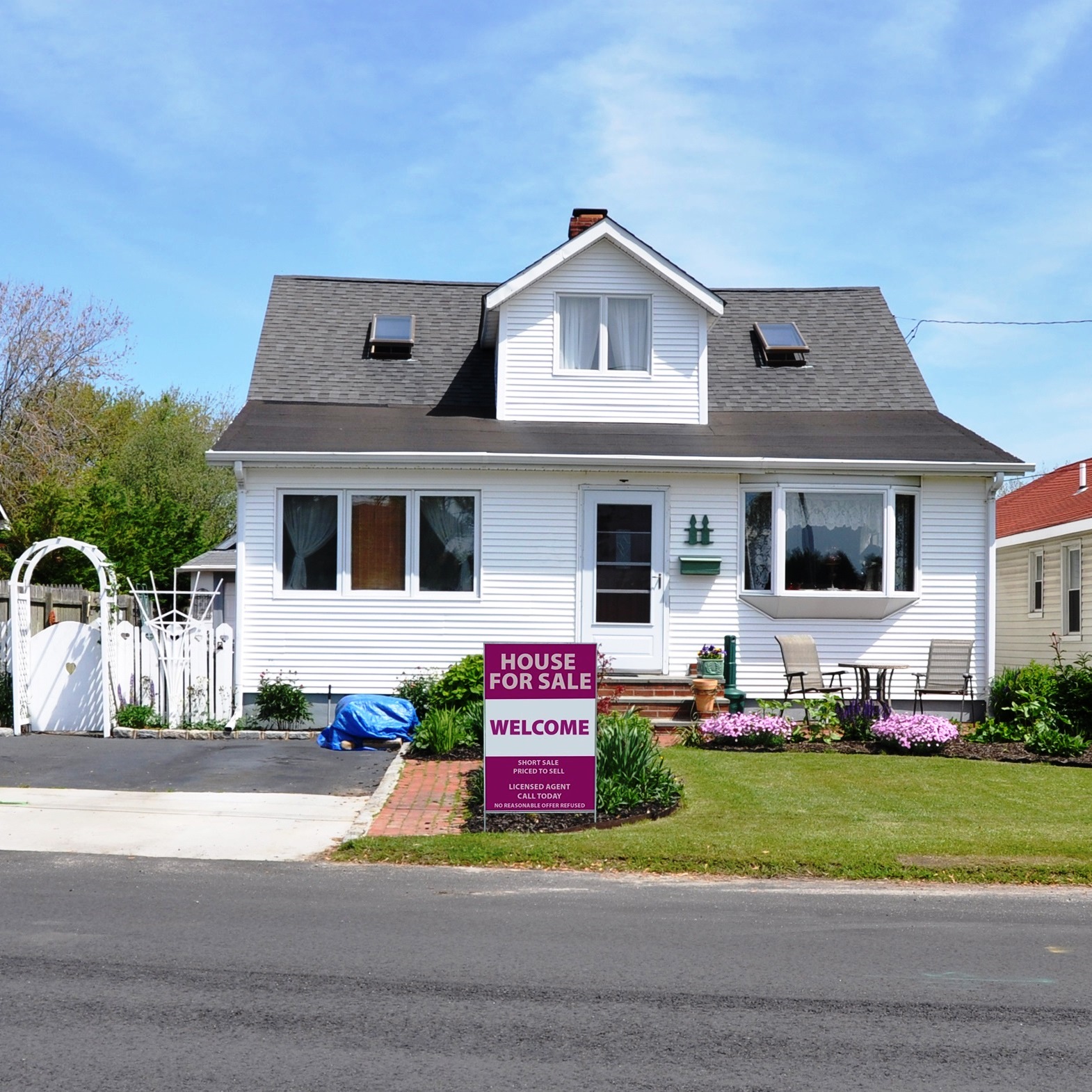
The April decrease followed a 1.1% boost in March sales but still leaves existing home sales down 1.4% year to date compared with 2017. The consensus estimate called for sales to reach 5.6 million, according to a survey of economists polled by Bloomberg.
In 2017 existing home sales rose 1.1% year over year, the best level in 11 years. The seasonally adjusted annual rate came in at 5.51 million, the highest since posting 6.48 million in 2006.
The NAR’s chief economist, Lawrence Yun, said:
The root cause of the underperforming sales activity in much of the country so far this year continues to be the utter lack of available listings on the market to meet the strong demand for buying a home. Realtors® say the healthy economy and job market are keeping buyers in the market for now even as they face rising mortgage rates. However, inventory shortages are even worse than in recent years, and home prices keep climbing above what many home shoppers are able to afford.
Housing inventory increased by 9.8% in April to 1.8 million homes, equal to a supply of 4.0 months, down from 4.2 months in April 2017, and has fallen year over year for 35 consecutive months. Inventory is down 6.3% from 1.8 million in April 2017.
According to the NAR, the national median existing home price for all housing types in February was $257,900, up 5.3% compared with April 2017, the 74th consecutive month of rising home prices. In March the national median price was $250,400.
The percentage of first-time buyers rose by three percentage points month over month to 33%. For all of 2017, first-time buyers accounted for 34% of sales, down one percentage point compared with 2016.
Sales of single-family homes fell 3% from the March total of 4.99 million to a seasonally adjusted annual rate of 4.84 million and are down 1.6% compared with April 2017. Sales of multifamily homes increased by 1.6% in April to a seasonally adjusted annual rate of 620,000 units.
All homes were on the market for an average of 26 days in April, down by four days month over month and down from 29 days in April 2017. Foreclosure (3.0%) and short (0.5%) sales accounted for 3.5% of all April sales, down by half a point compared with the prior month and down from 5.0% in April 2017. The percentage of distressed sales is at its lowest level since the NAR began tracking it in October 2008.
The NAR also reported the following regional data.
April existing home sales in the Northeast fell 4.4% to an annual rate of 650,000 and are down 11.0% compared with April 2017 sales. The median price in the Northeast was $275,200, up 2.8% compared with April of last year.
In the Midwest, existing home sales came in at 5.7% to post an annual rate of 1.29 million in April, unchanged compared with the April 2017 rate. The median price in the Midwest was $202,100, up 4.6% from a year ago.
Existing home sales in the South dipped 2.9% in April to an annual rate of 2.33 million, but remain 2.2% above April 2017 sales. The median price in the South was $227,600, 3.9% higher than a year ago.
Existing home sales in the West dropped 3.3% to an annual rate of 1.19 million in April and are down 0.8% compared with April 2017 totals. The median price in the West was $382,100, up 6.2% compared with the April 2017 median.
Travel Cards Are Getting Too Good To Ignore (sponsored)
Credit card companies are pulling out all the stops, with the issuers are offering insane travel rewards and perks.
We’re talking huge sign-up bonuses, points on every purchase, and benefits like lounge access, travel credits, and free hotel nights. For travelers, these rewards can add up to thousands of dollars in flights, upgrades, and luxury experiences every year.
It’s like getting paid to travel — and it’s available to qualified borrowers who know where to look.
We’ve rounded up some of the best travel credit cards on the market. Click here to see the list. Don’t miss these offers — they won’t be this good forever.
Thank you for reading! Have some feedback for us?
Contact the 24/7 Wall St. editorial team.
 24/7 Wall St.
24/7 Wall St.

